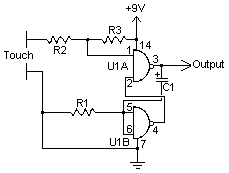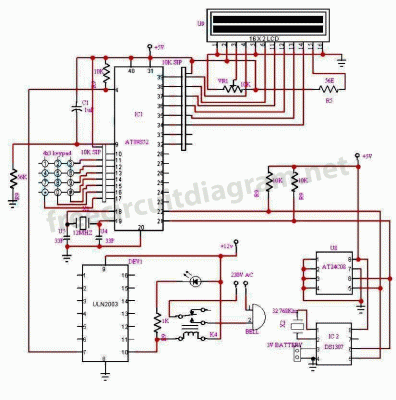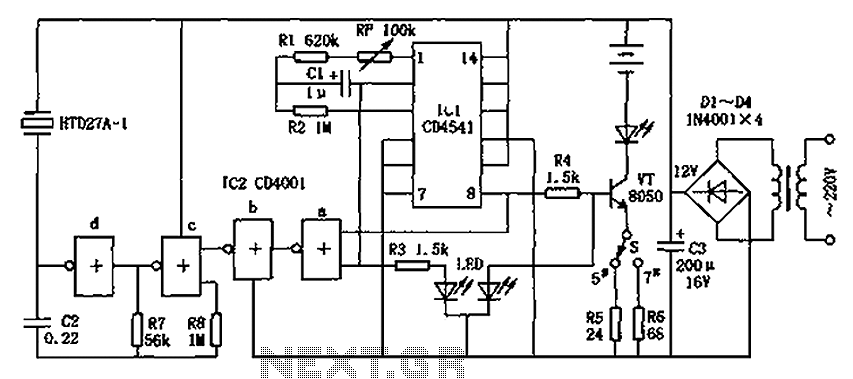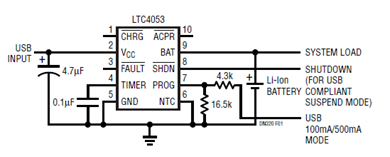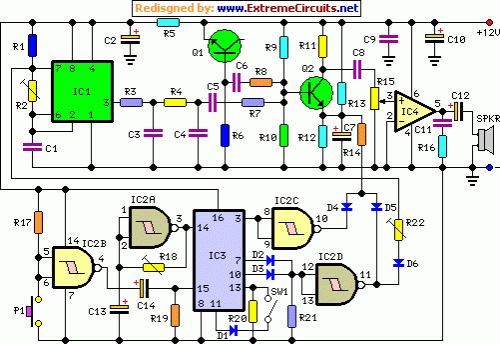
Presence detector proximity sensor circuit
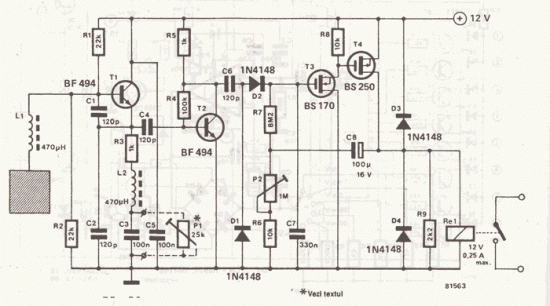
This circuit responds to the presence of any conductive object, including humans. It does not detect object movement but can function as a proximity sensor.
The circuit operates on the principle of capacitive sensing, utilizing a capacitor to detect changes in capacitance caused by the proximity of conductive objects. The key components typically include a microcontroller, a capacitor, and a resistive voltage divider.
When a conductive object approaches the sensing area, it alters the electric field around the capacitor, resulting in a measurable change in capacitance. The microcontroller continuously monitors this change and determines whether the threshold for detection has been surpassed. If the threshold is exceeded, the microcontroller can trigger an output signal, which can be used to activate an alarm, turn on a light, or perform any other desired action.
In terms of design, the circuit may include additional features such as adjustable sensitivity, which can be achieved by varying the capacitor's value or modifying the resistive divider. The circuit can also incorporate filtering components to reduce noise and improve detection reliability. Power supply considerations are essential, as the circuit may require a stable voltage source to function optimally.
Overall, this capacitive proximity sensor circuit is suitable for applications such as security systems, automatic lighting, and interactive installations, where the detection of human presence or other conductive objects is necessary without the need for movement detection.This circuit reacts in presence of any conductor object including humans. This circuit does not detect object movement but can act as an proximity sensor!. 🔗 External reference
The circuit operates on the principle of capacitive sensing, utilizing a capacitor to detect changes in capacitance caused by the proximity of conductive objects. The key components typically include a microcontroller, a capacitor, and a resistive voltage divider.
When a conductive object approaches the sensing area, it alters the electric field around the capacitor, resulting in a measurable change in capacitance. The microcontroller continuously monitors this change and determines whether the threshold for detection has been surpassed. If the threshold is exceeded, the microcontroller can trigger an output signal, which can be used to activate an alarm, turn on a light, or perform any other desired action.
In terms of design, the circuit may include additional features such as adjustable sensitivity, which can be achieved by varying the capacitor's value or modifying the resistive divider. The circuit can also incorporate filtering components to reduce noise and improve detection reliability. Power supply considerations are essential, as the circuit may require a stable voltage source to function optimally.
Overall, this capacitive proximity sensor circuit is suitable for applications such as security systems, automatic lighting, and interactive installations, where the detection of human presence or other conductive objects is necessary without the need for movement detection.This circuit reacts in presence of any conductor object including humans. This circuit does not detect object movement but can act as an proximity sensor!. 🔗 External reference
